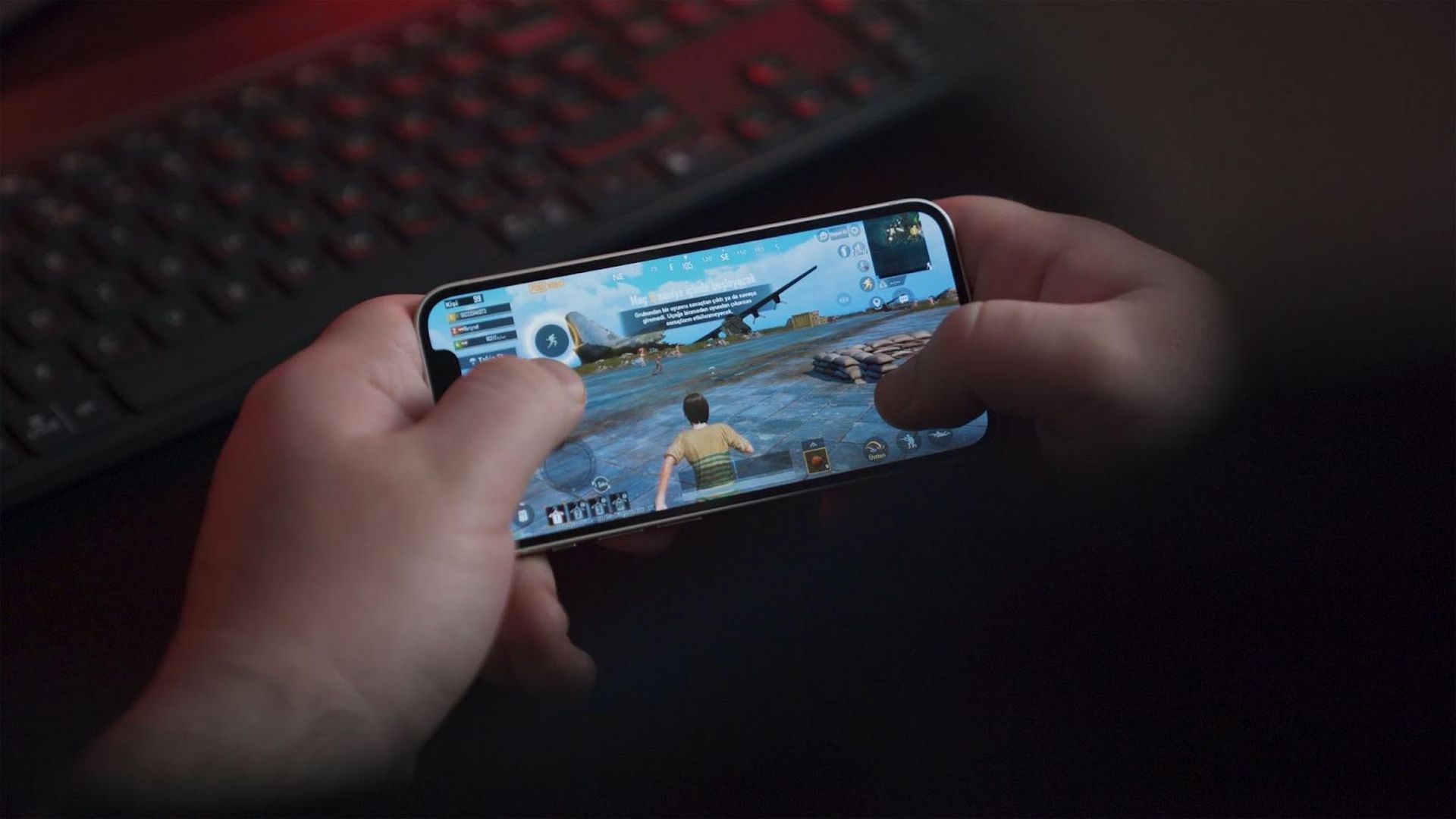The gaming industry is one of the fastest-growing markets in the world. According to Statista, it generated over $100 billion in revenue in 2020 alone! Of course, not all games are created equal: some titles are successful simply because they have a large budget for marketing campaigns or because their genre is popular at the time. However, other games stand out from their competition with strong engagement and retention features.
Gameplay that hooks: Crafting addictive mechanics and progression systems
To create a game that keeps users coming back for more, you need to make sure your design has addictive gameplay.
To understand what makes addictive games different from regular ones, let’s look at some examples of games that hook players: Candy Crush Saga and Clash Royale (both of which are part of the same franchise). These are both examples of casual strategy games with simple mechanics and appealingly bright graphics but there is one major difference between them: In Candy Crush Saga, players progress through levels by matching candies on a grid; in Clash Royale however, they collect cards from different types such as troops or spells and then use those cards during combat against other players’ armies.
The difference here is clear: One mechanic involves matching items together while another relies heavily on collecting cards from various types before using them later in battle mode. Both have been successful because they offer something unique; even though both progressions systems exhibit similar patterns over time (i.e., collecting resources), each offers its spin on these patterns through different gameplay elements like matching vs collecting cards respectively.”
Leveling up the experience: Designing challenging yet rewarding gameplay
The best way to keep your players coming back is to make sure they’re having fun. If you want them to play for hours on end, your game must offer a rewarding experience from start to finish.
It’s also important that players feel like their time has been well spent when they play your game: if you give them a sense of accomplishment, progression, and control over the gameplay experience (or lack thereof), then they will likely be more willing to spend money on microtransactions or in-app purchases.

Personalization and customization: Allowing players to make the game their own
It is unlikely to attract more users if mobile game developers do not allow customization of their environment. This includes allowing players to choose their name, gender, skin tone, and hairstyle. It also means letting them select the team they play with and allowing them to change strategies or create new ones (for example: choosing whether they want to be offensive or defensive).
You can also add a social element by allowing players to connect with friends through Facebook integration or via email invites from within the game itself!
Stay connected: Engaging with the community through regular updates and support
Your game must constantly evolve, but not lose its audience. That’s why it’s important to provide constant information about what’s going on and ask for feedback from players to know their needs and wants for the game.
As well as asking for feedback from players through surveys and polls, another way of staying connected with your audience is by being active on social media platforms such as Twitter or Facebook where people can comment directly on posts related to updates about new content or upcoming patches for bugs found within existing content (you could even set up an Instagram account dedicated explicitly to showcasing screenshots taken within games).
Conclusion
The most important thing to remember is that the better you work out all the details during development and take into account the wishes of the users, the more popular your game will be and you will be able to stand out from the competition.
Featured image source: Unsplash





